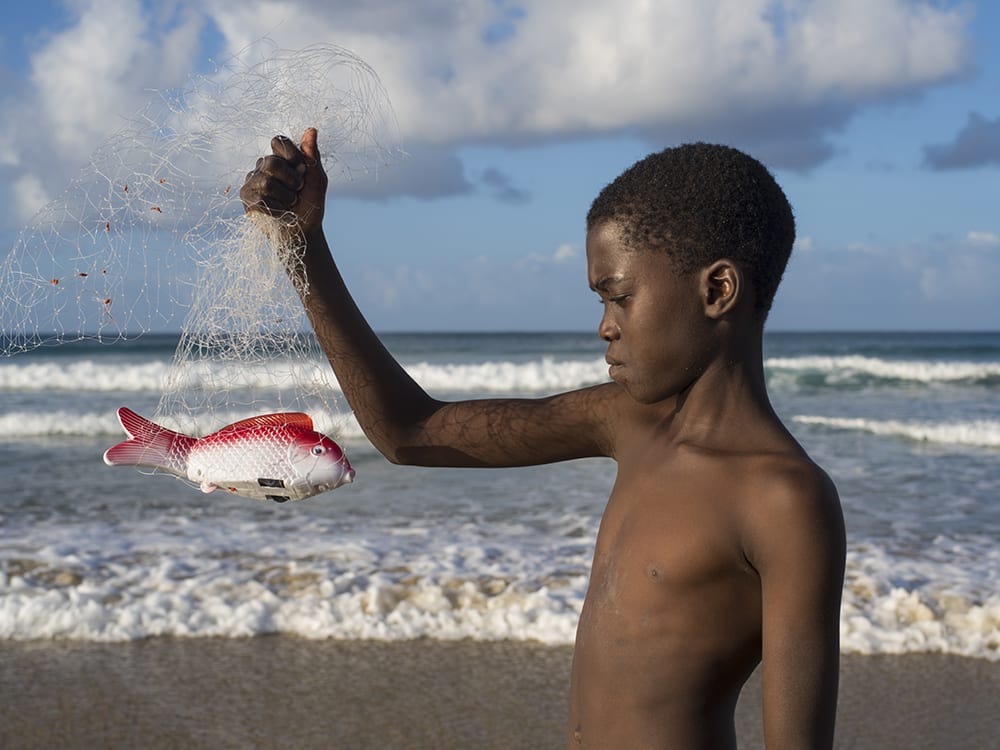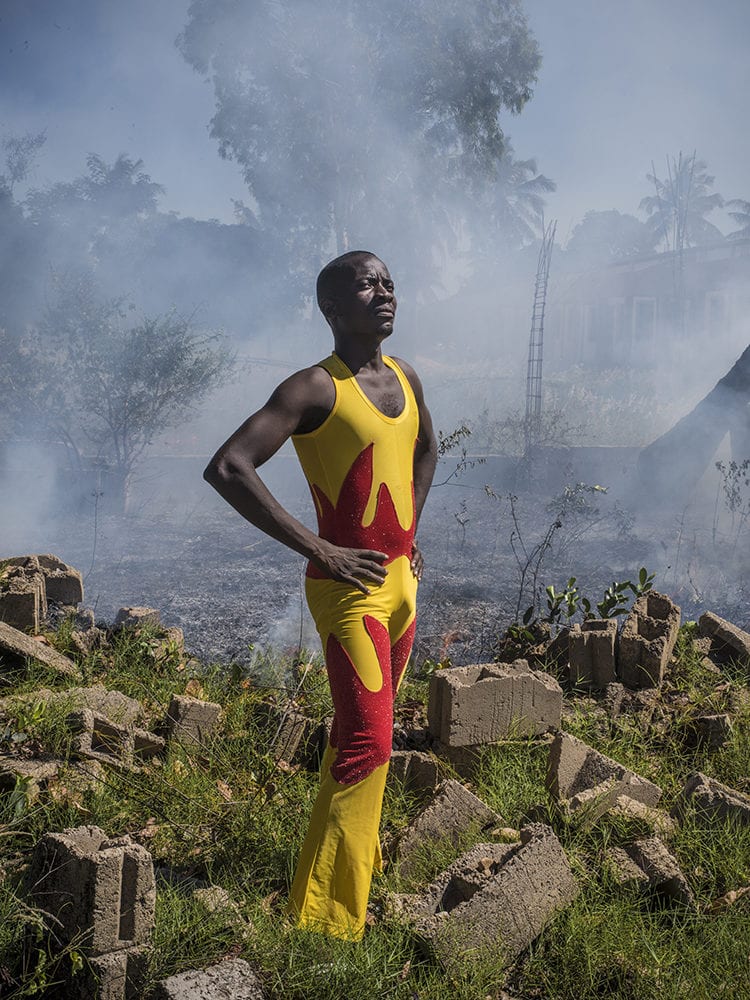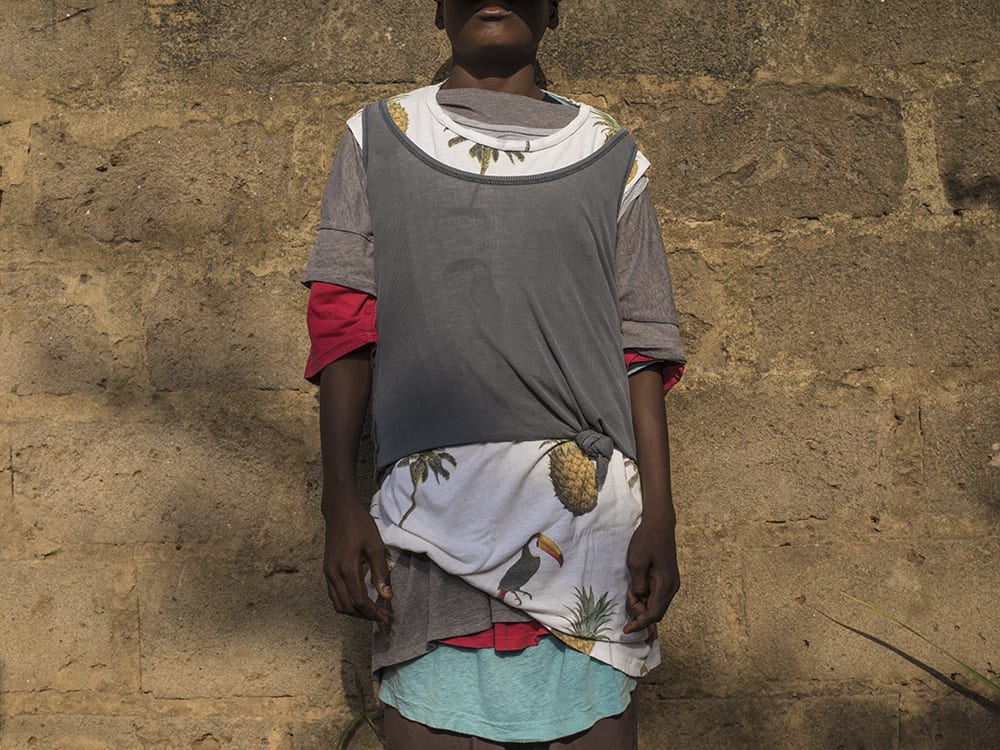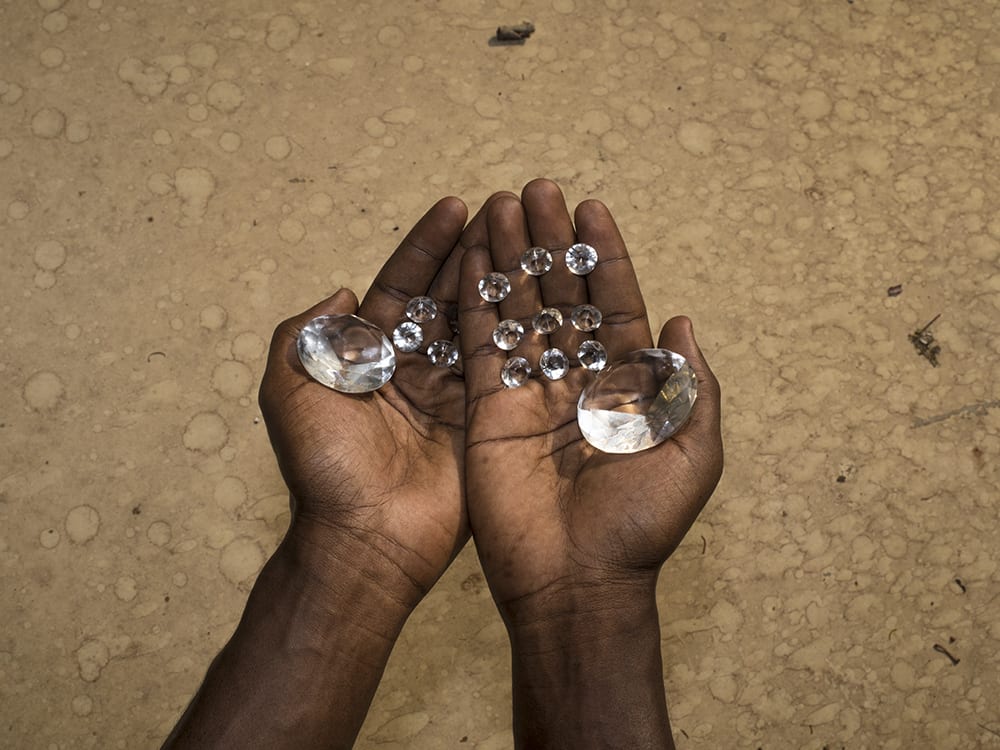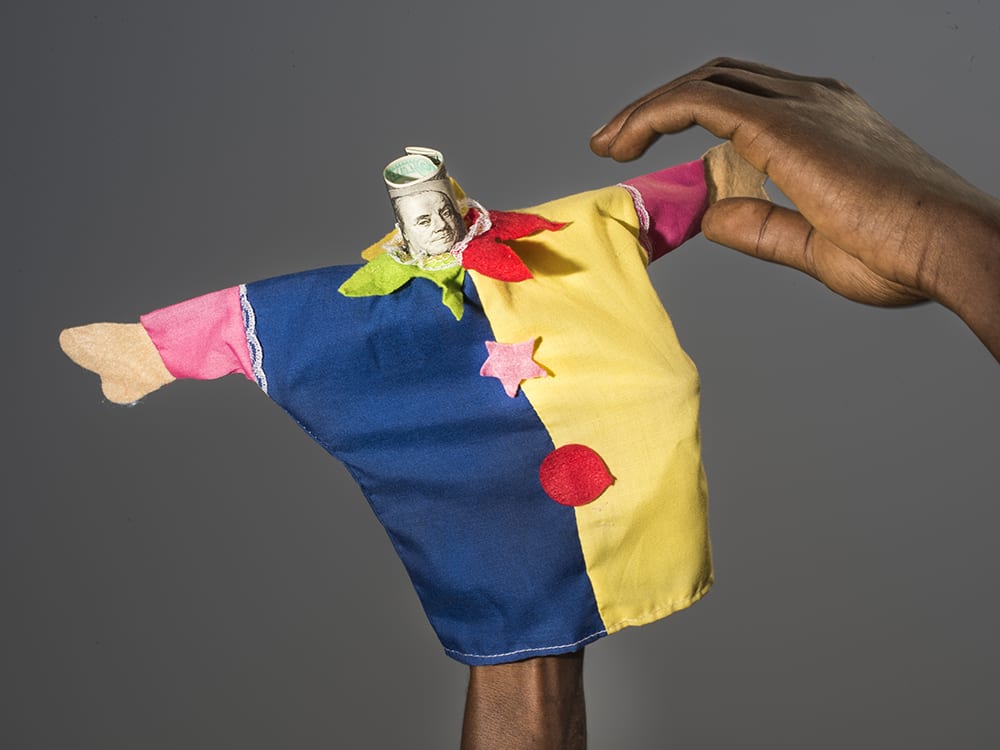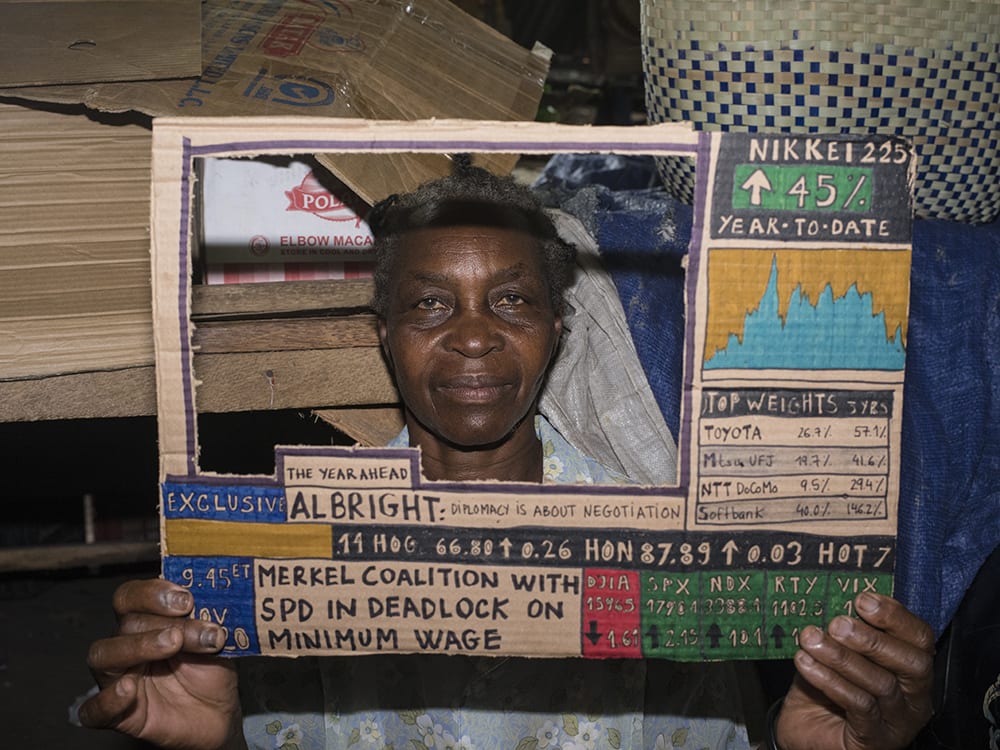Cristina de Middel probably needs no introduction. Born in Spain in 1975, she shot to fame in 2012 with her self-published book The Afronauts. Visualising Zambia’s failed 1960s space programme via staged scenes and setups, it was a very different way of showing Africa and a playful provocation of documentary photography and its limits. Perhaps surprisingly, it was created after she’d spent ten years working as a photojournalist.
“I consider myself an documentary photographer but in a very loose way,” she tells BJP. “I try to explain with images my opinion on the world we live in. The opinion part is important as I believe truth can only be reached by the exposure to many different opinions. The more opinions you consume, the closer you get to anything true…at least when it comes to understanding what is going on in the world.
“Also, the situation is so complex now and there is so many layers that for me it is not enough to use as your material just what happens in front of the camera,” she continues. “You can see one million pictures of the war in Syria and still do not understand who are the good and the bad guys. Fiction and staging comes when reality not enough to explain itself.”
The Afronauts was a hit, quickly selling out and going on to be nominated for the Deutsche Borse Photography Foundation Prize in 2013; images from the series were exhibited at The Photographers’ Gallery in London, FOAM in Amsterdam, and numerous other prestigious institutions and festivals around the world. De Middel followed up quickly with more work, including the books This is what hatred did (2014), Sharkification (2015), and Jan Mayen (2015), all of which also play with photography and reality. Again, perhaps surprisingly, de Middel went on to join Magnum Photos as a nominee in 2017.
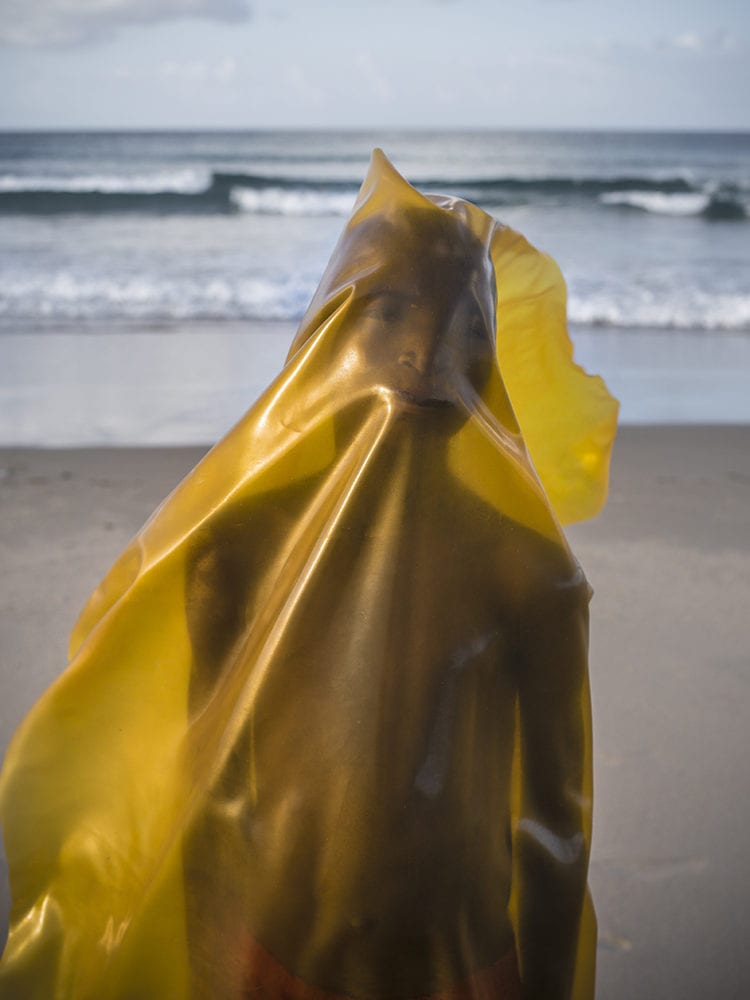
“I was not asked to join the agency, I submitted my portfolio because I thought it is a very good place to start expanding traditional documentary and start enlarging our visions of the world,” she says. “I have nothing against photojournalism, I just think it is not enough and the validation that Magnum provides to my work is fundamental to eventually opening up the doors a little bit to new narratives and new ways to explain the world.
“I am extremely happy to have this opportunity to be part of Magnum because it is the dream of any photographer, but in my case it is also symbolic of things eventually changing towards a more open understanding of the potential of photography, when it comes to take record of the world.”
And this approach is clear in her recent project Excessocenus, made with Brazilian photographer Bruno Morais. Tackling excessive consumption and its parlous effect on the environment and on mental health, it uses brightly-coloured, staged images rather than the gritty photojournalism more familiar in this field.
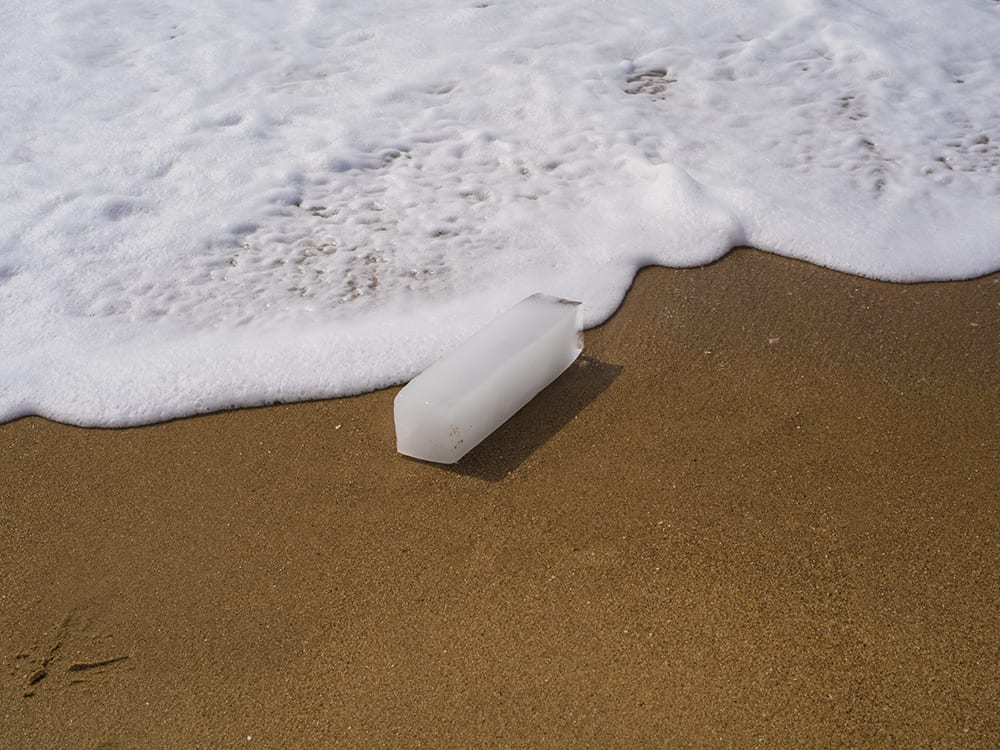
Morais and de Middel met in Brazil when de Middel was shooting Sharkification and needed “someone to guide me through a favela”; realising they had much in common, they started working on a project called Elexú. Midnight at the crossroad, which will go on show at Rencontres d’Arles this year. They also applied for the Greenpeace Photo Award to get funding for another project, one that would both “shift the target audience for environmental reportage and also avoid any apocalyptic imagery”. This was the series that would become Excessocenus.
“It was very clear to us that we wanted to make two points with this series,” they explain. “On one hand we wanted to point out the culture of excess that is driving the planet to a total collapse, but on the other hand we also wanted to make a point about how this dramatic situation is normally presented to the audience.”
Starting by sketching out a list of all the environmental challenges caused by over-consumption, from global warming to deforestation, they quickly realised they wanted to include issues representing the mentality behind the problem – the rapacious financial markets, for example, or the sexualisation of girls. The finished result covers a phenomenal range of problems, creating a sense of excess that is, they say, also part of the point.
Winning the Greenpeace grant, de Middel and Morais to flew to Mozambique, where, working together, they aimed to create images to create “that did not blame anyone and that were also visually compelling”. What they were aiming at, they continue, was “the kind of image that could at first glance become a piece of advertising but with a second layer of understanding”.
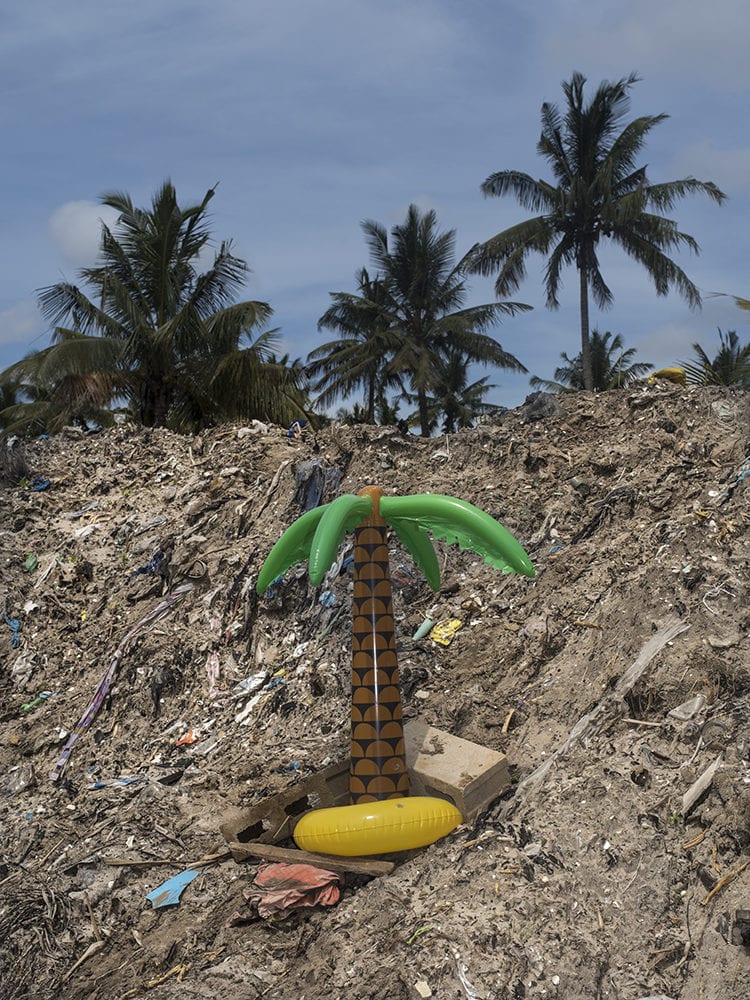
“We avoided the literal representation of the problem because that’s how environmental crisis have traditionally been explained,” they tell BJP. “In our opinion these types of images are targeting the Western (developed) world audience, and it places the victims (in this case the Africans) as recipients of help and solidarity, with very little room to move from that label. In other words, most environmental photography is made to stimulate charity and compassion towards the same old continents that are always suffering from this drama, when we all know that the situation is much more complex than Africa, for instance, doing things wrong again.
“Our intention was to create a campaign for the African audience, a fake one because it will never really happen. This campaign points at the problems and challenges of this world but also turns them into agents of their own solutions and eventually of their own representation. All the project also sits on the base of an irony: Africa as the epicentre of all that can go wrong environmentally. Through exaggeration we try to reduce that premise to absurdity.”
The resulting work is bright and appealing, often using local people as models to act out scenarios. There’s a woman holding an umbrella riddled with holes as a way of speaking of the ongoing effects of ozone layer depletion, for example, and a child dripping with gold jewellery illustrating the problem of tax havens – the accompanying caption pointing out that half of the world’s wealth belongs to 0.7% of the adult population, a group comprised of Western white males.

There are 40 images in total and the series is currently on show at the prestigious Coalmine institution in Winterthur, Switzerland, but it also lives online in a specially-commissioned website, https://excessocenus.com Designed by Guillermo Brotons and developed by Frederik Delmotte, the website is also bright and appealing, the word “Excessocenus” scrolling and moving in the background, and the images popping up randomly and multiplying themselves.
Accompanying noises, such as a woman screaming along with a shot on the psychological impact of beauty standards, add to the fun but also to the slightly queasy sense of excess. It’s a case of form following function, and, add Morais and de Middel, has the added advantage of open access.
“Instead of a critical reportage that shows a certain miserable reality around environment, we decided to make a fake campaign and talk about all the problems there are in the world,” they say. “That is why we needed a website, a platform that would potentially allow us to go viral. It doesn’t make much sense to launch a campaign in a gallery with exhibition prints; with the website we can reach a wider audience.
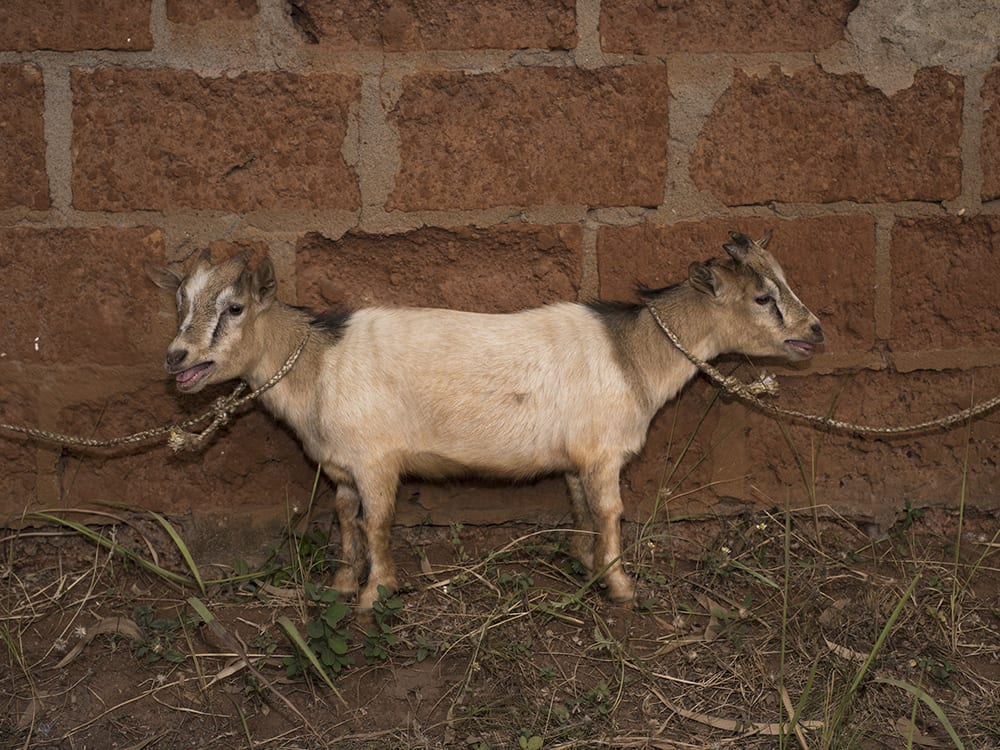
“Once that was clear we started working with Guillermo and Frederik to design and programme the website. Everything was made with the same spirit of the exhibition – trying to convey excess with both the rhythm of the images and the amount of information. The website has no menu, it has a very random navigation and creates by itself, if you do not interact at all, a multilayered experience of accumulation.”
I ask how many people the website has reached, and de Middel replies mischievously – playfully warping reality, in the spirit of this project and her work more widely. “100 million people already,” she says, “but I am certainly exaggerating.”
Excessocenus is on show at COALMINE Forum for Documentary Photography and the COALMINE Space for Contemporary Photography until 07 April www.coalmine.ch https://excessocenus.com www.lademiddel.com www.nobruno.com/en/
